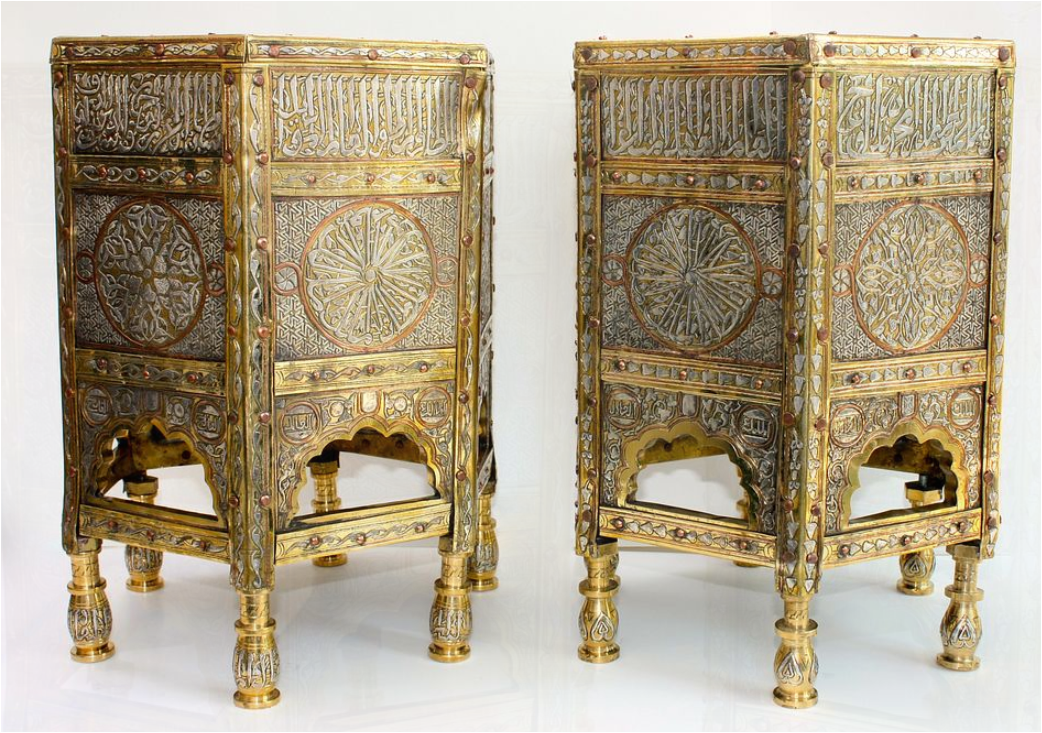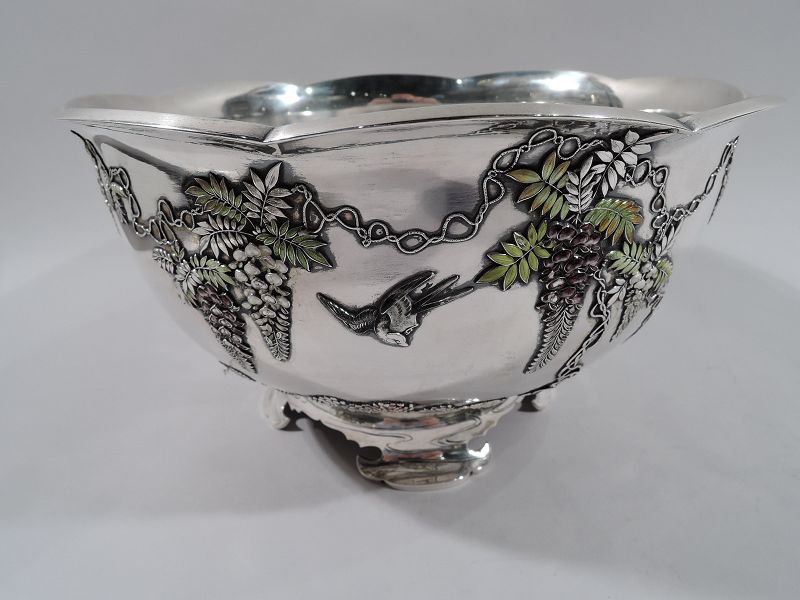The 10 Essential Questions to Ask When Buying Antiques (Part 2)
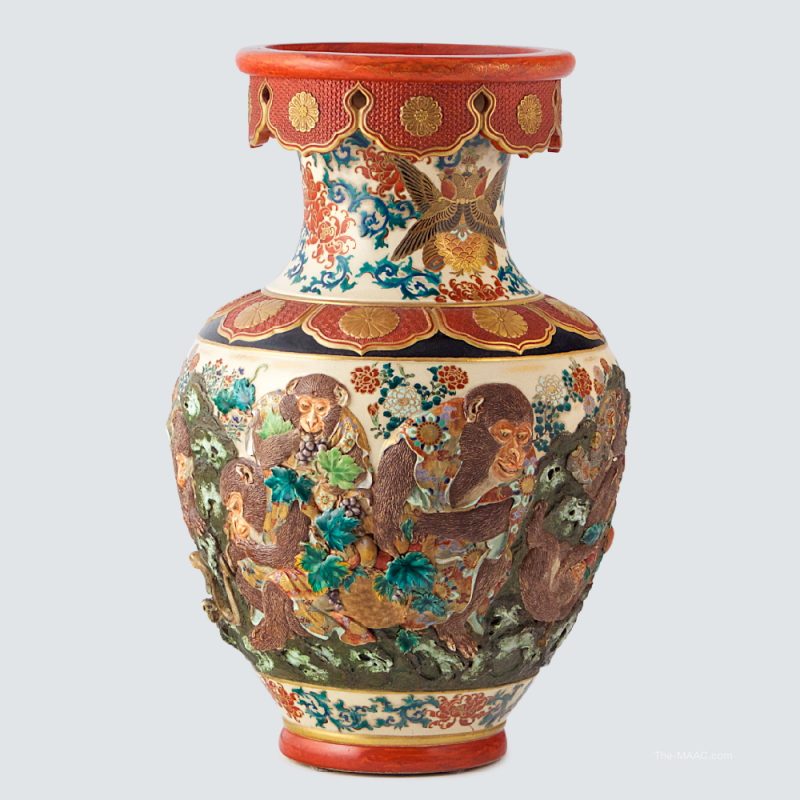
We’d like to help you find the best antiques. So we’ve created these 10 essential questions to ask when purchasing.
(Read Part 1.)
4) Where do I find antiques?
The best places to start your search are antique stores, auctions, estate sales, fairs, flea markets and “barns” (multiple vendors). Going in person is best so that you can really investigate each piece and engage in conversation about the item with the dealer.
You can also buy online.
5) Is it safe to buy antiques online?
Many people scour the antique wares on the web from their homes, buying from sites like eBay, 1stdibs, Etsy and auction houses like Sotheby’s and Christie’s that have online shopping options. Some people even bravely search Craigslist in the hopes of finding a little gem (sometimes they get lucky). If you do shop online just take note of these pointers:
- Be wary of buying large pieces as shipping costs can be astronomical. Small pieces are probably more manageable.
- Always ask for as much information as possible. Photographs can be misleading and might not show evidence of damage, restoration etc. Get the exact measurements of the item and request photographs from different angles.
- Always find out every detail of the history of the item.
- Make sure there is a return policy in place.
6) How to spot a valuable piece or bargain?
Very rare and valuable pieces are those where only a few were made. For example, royalty were the only people who could afford snuff boxes made from gold so there are only a limited number around. Also breakable items like porcelain dishes, tea sets and crystal stemware are fragile and so often there are fewer of these original pieces in circulation which makes them highly sought after and valuable.
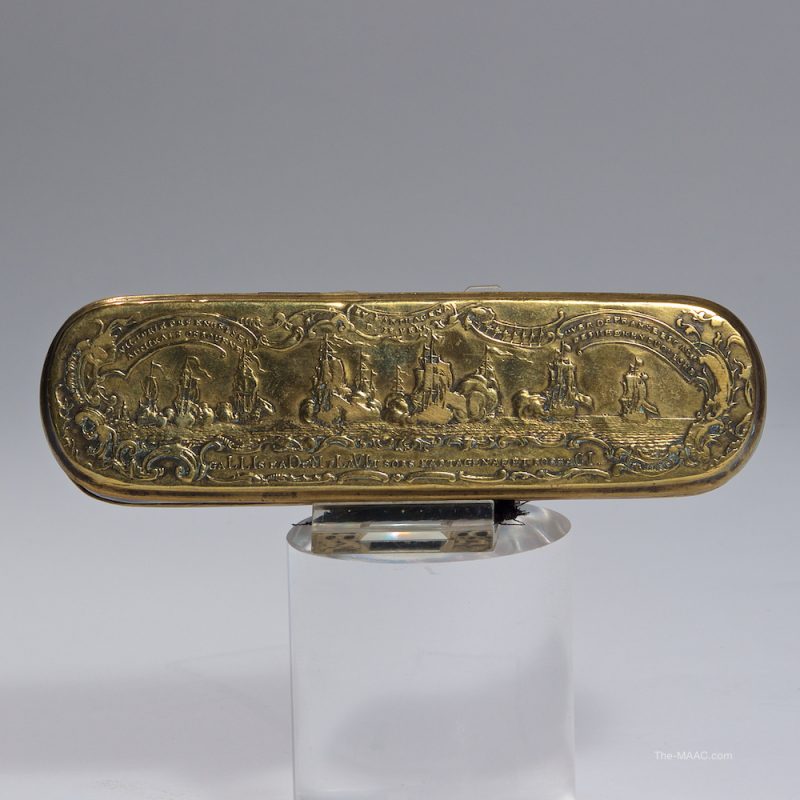
Look for unusual colors for a particular antique like sapphire-colored cream pitchers from the early 19th century. A unique or uncommon style or subject matter from a particular manufacturer will be very valuable, e.g. Tiffany’s wisteria lamps.
For bargains, look for the odd items, the ones that don’t really seem to belong, like bronze in a silver display. They are usually great bargains because the dealer might discount the item to have it move along.
You will always find a bargain when you are looking for single chairs as opposed to sets. They are harder to sell on their own and so dealers might offer great discounts.
Interrogate and investigate the piece thoroughly. How has it been constructed? Is there evidence that it has been well looked after and cared for? Are there any cracks, scratches, stains, dings or gouges, chips, fractures, cracks, broken pieces, missing parts, discoloration?
You have to ask yourself the question, “how much damage bothers you”. The more damage, the more the price decreases. You must also look for signs of restoration.
If this piece is going to be for your home, then you must look for an item that speaks to your heart and captivates your eye. Does it match your personal style? The value will be in what it brings to your home and to you personally.
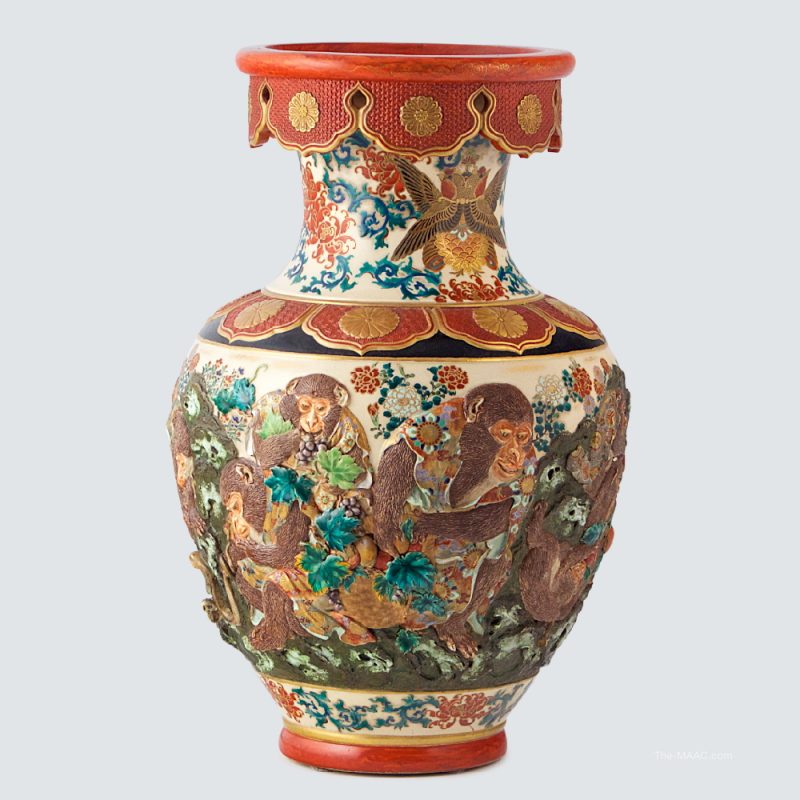
The investment aspect will be a bonus. If you end up buying a piece that you don’t love, it is going to collect dust and be neglected over time.
Learn more in Part 3.

